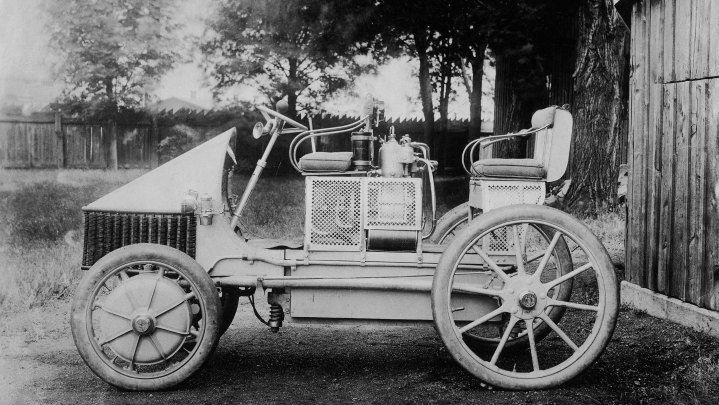Ferdinand Porsche, later the founder of the company of the same name, was fascinated by electricity even as a teenager. As early as 1893, the 18-year-old installed an electric lighting system in his parents’ house. That same year, Porsche joined Vereinigte Elektrizitäts-AG Béla Egger in Vienna. After four years there, he progressed from mechanic to head of the testing department.
While there, Porsche designed the Egger-Lohner Phaeton, which boasted an octagonal electric motor, in 1898. The Phaeton could reach 18 miles per hour and had a very limited range
The electric wheel hub motor was the next innovation by Porsche, in 1899. At the Paris Expo the following year, the Lohner-Porsche Electromobile debuted. The vehicle had a higher top speed of 23 miles per hour, however the range continued to limit the appeal of hybrid technology.
The Lohner-Porsche also demonstrated why electric mobility has failed over the decades: Despite its modest power output, the car weighed almost two tons. The lack of infrastructure and the short range put an end to electromobility for a long time.
One hundred years later, with the development of lithium-ion batteries suitable for use in vehicles and more stringent legal requirements for carbon dioxide emissions, the focus turned once more to electric drive systems. With the Cayenne S Hybrid in 2010, Porsche paved the way for electromobility in the 21st century.
Now, Porsche has entered the FIA Formula E race series with a newly developed powertrain. Here too, the close interaction of racing and series development ensures smooth feedback. Somewhere Ferdinand Porsche is smiling.




